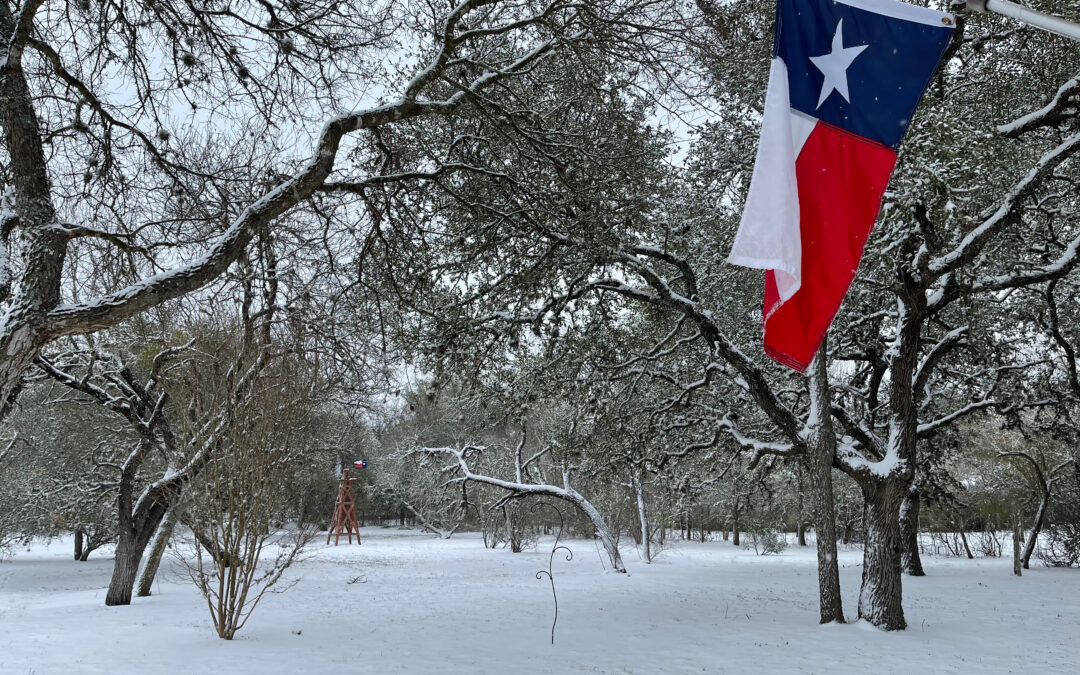As Texans gear up for the 2022-2023 winter season, they should know their oil and gas industry has made significant investments in systems and processes that will ensure reliable energy generation, no matter what weather conditions are thrown our way.
First and foremost, communication between producers and regulators (like ERCOT) have been strengthened through the implementation of S.B. 3, which outlines that production facilities that are important to direct energy generation must be hardened against severe weather to prevent “load-shedding,” or rolling blackouts. Additionally, the industry is working to secure contracts for storage, supply, and transportation of critical materials before a severe weather event so there is less service interruption at the most important locations like hospitals and nursing homes. The Public Utilities Commission of Texas (PUC) also adopted new weatherization rules, including compliance verification and repair mandates.
Next, the parts of the industry that are directly tied into power generation are required to submit emergency plans to the Texas Railroad Commission every year. After reviewing the submissions, the Commission will produce a Weather Emergency Preparedness Report to be submitted to the Texas Legislature. Each facility operator will also have to implement weather emergency preparation measures to make sure power stays on and have a plan in place to get it back quickly on if it is stopped.
All these measures taken together demonstrate the Texas oil and gas industry’s commitment to preparedness, stability, and flexibility during severe weather to ensure predictable power generation.

